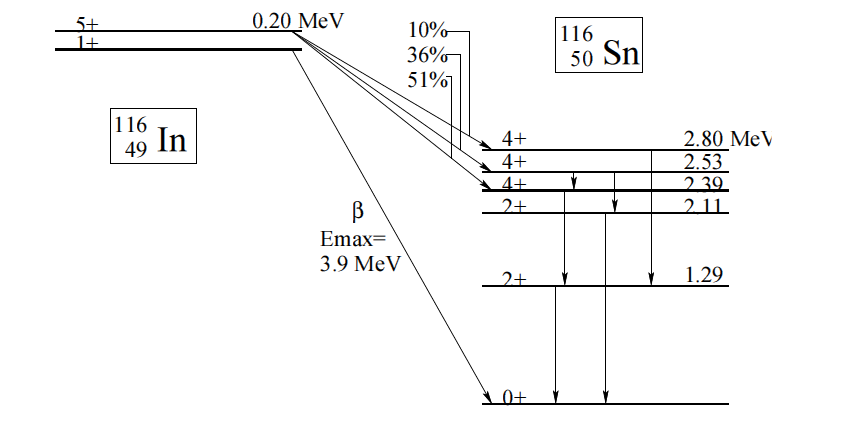I was reading my notes (the topic is called 'nuclear chemistry') today when I noticed a line
"alpha (He2+) and beta (e-) can't be emitted simultaneously. After emission of alpha or beta, gamma photons must be emitted to decrease the energy of Excited Nucleus"
Can someone please explain how emission of alpha and beta particles might excite the nucleus

